If your clamp meter isn’t reading current, don’t panic! It’s a common issue, and one that can be easily fixed.
In this article, we will discuss some of the most common causes of this problem and provide you with some tips on how to fix it. We will also cover what to do if your clamp meter still isn’t working properly after following these tips. So don’t worry – we’ve got you covered!
What is a Clamp Meter?
This way, you can measure how much current is flowing through the conductor without having to open up the circuit – which can be dangerous and time consuming. [2]
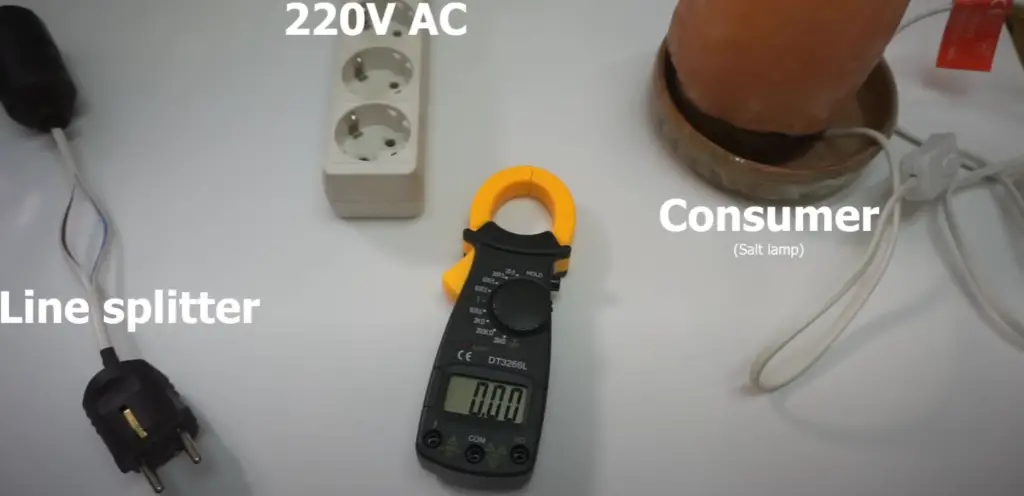
Chief Differences Between a Clamp Meter and a DMM
While both devices serve a similar purpose, there are some key differences between them.
A DMM is typically more accurate than a clamp meter, as it measures voltage, resistance, and other parameters in addition to current. It also requires direct contact with the wire in order to measure current, whereas a clamp meter can measure it without making direct contact.
Clamp Meter Readings: Problems and Solutions
If your clamp meter isn’t reading current, there are a few common causes that can be easily addressed. Here are some of the most common ones:
- The jaws of the meter aren’t fully closed around the wire. This is one of the most common mistakes people make when using a clamp meter. Ensure that the jaws are tightly closed and that no gap exists between them.
- The conductor being measured is too small for the meter to detect. Some clamp meters are limited in terms of the size of wire they can measure, so make sure you check your device’s specifications before using it.
- The clamp meter might be out of calibration. If it has been used for a while, it might need to be recalibrated. This can usually be done by making a simple adjustment or taking it to a professional.
- The battery for the clamp meter might be dead or weak. This can easily be checked by replacing it with a new one. [1]
What to Do if Your Clamp Meter Still isn’t Working?
If you have followed all of the above steps and your clamp meter still isn’t working correctly, then it might be time to take it to a professional for help. A qualified technician can diagnose the problem and repair it if necessary.
In some cases, you may need to replace the meter entirely – but this should be a last resort. With proper care and maintenance, your clamp meter should last a long time without any major issues.
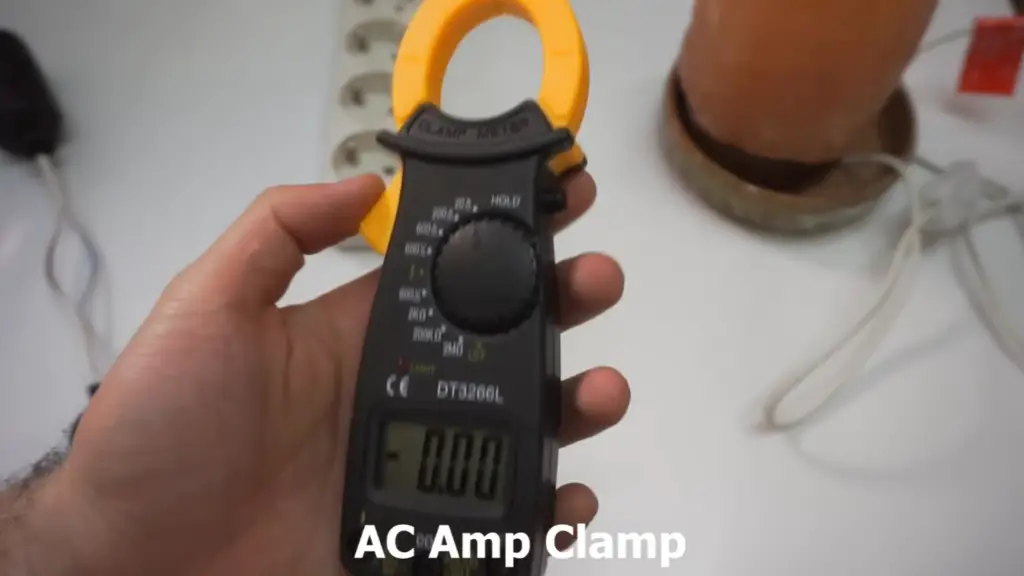
Clamping Around a Phase Conductor
When using a clamp meter, it’s important to be extra careful when clamping around a phase conductor. This type of wire carries a higher current than other types and can cause serious damage if not handled properly.
Ensure that the jaws of your clamp meter are closed firmly but gently around the wire so as not to damage it, and that the jaws are centered on the wire for an accurate reading. [1]
Determining Inrush Current
Sometimes you need to find out how much electricity a circuit can take in at once. This is called the inrush current. You can do this by using a clamp meter, but it takes some skill and knowledge. Make sure you understand how to calculate inrush current before trying it.
By following the tips outlined above, you should be able to successfully measure current with your clamp meter. If you have any trouble, then don’t be afraid to take it to a qualified technician for help. With the right care and maintenance, you should be able to get reliable readings every time.
Beyond Motors
Clamp meters can be used for more than just measuring the current in motors and wiring. They can also be used to measure the current in HVAC systems, water pumps, and other electrical devices. Knowing the current flow through a system is important for making sure that it works correctly.
By using a clamp meter regularly, you can maintain your electrical systems and ensure that they are running safely and efficiently. Make sure you follow the instructions in your device’s manual to get the most accurate readings possible.
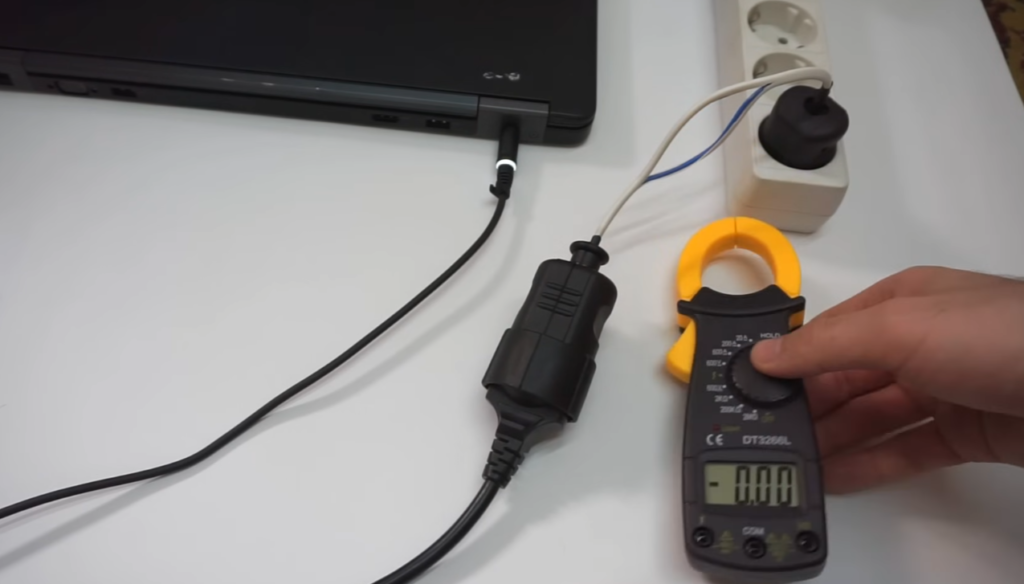
Using a Load Current Clamp Meter
This type of meter has two or more jaws that can be clamped around the wire, allowing you to get an accurate reading without making direct contact with the wire.
This type of meter is especially useful if you need to measure the current in a device with multiple wires or circuits. It’s also perfect for measuring current in situations where it would be difficult or dangerous to make direct contact with the wire.
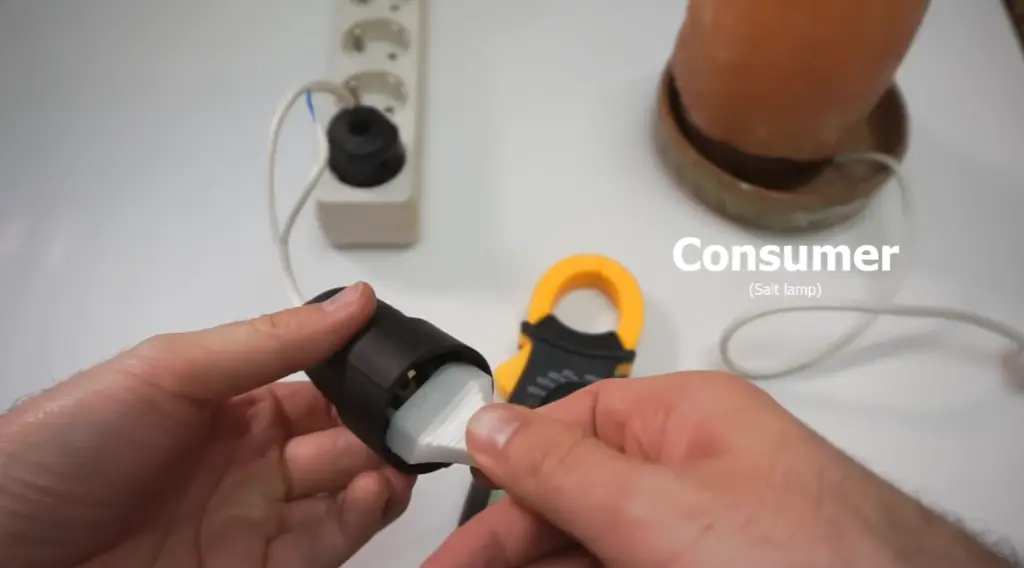
Things to Avoid When Using a Clamp Meter
When using any type of electrical device, it’s important to keep safety in mind. Here are some things to avoid when using a clamp meter:
- Don’t try to measure current in an energized circuit.
- Make sure the jaws of the meter are closed firmly but gently around the wire to prevent damage.
- Don’t leave the meter clamped on a wire for extended periods of time – it could cause damage to the device or wire.
- If you’re measuring current in an HVAC system, make sure to turn off the power first.
- Don’t attempt to measure current in a device if you don’t know what you’re doing – it could be dangerous.
Choosing the Best Clamp Meter
When it comes to choosing a clamp meter, there are a few things to consider. First, make sure you get one that’s designed for the type of current measurement you need. For example, if you’re measuring inrush current, make sure to choose a meter with high enough sensitivity and accuracy for the job.
Also, consider the features of the meter. Look for one with a large display that’s easy to read and has a backlight or other illumination so you can see in dimly lit areas. Also, make sure it has all the functions you need, such as minimum/maximum values, peak hold, and data logging capabilities.
Finally, make sure that the meter is from a reputable company with good customer service. That way, if you ever have any questions or issues, you can count on them for help.
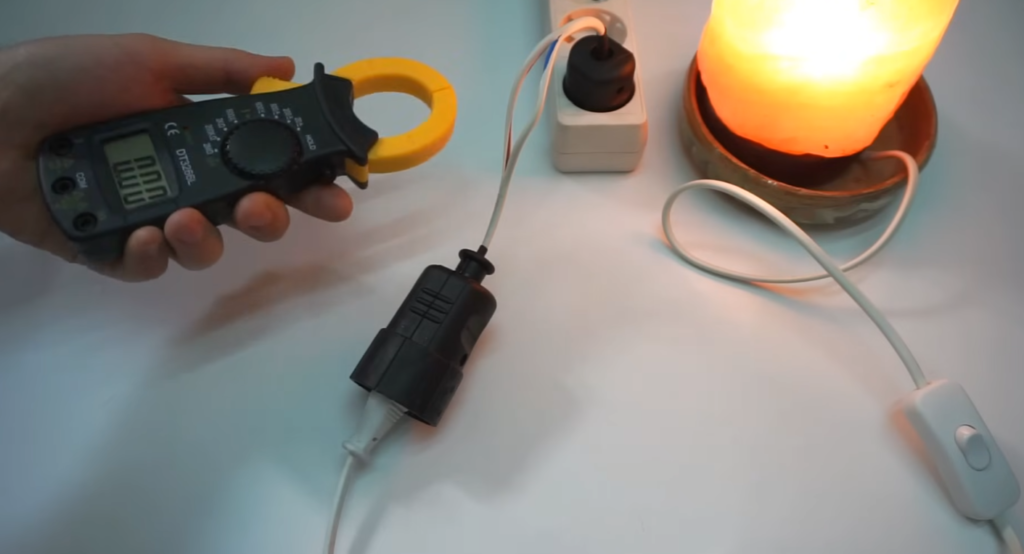
FAQ
How do you test a current clamp?
To test a current clamp, you should set it to the correct range for the type of measurement you need. Next, connect the leads of the meter to the device or wire you want to measure. Make sure that they are securely attached. Finally, observe the display on your meter to get an accurate reading.
What is the difference between a clamp meter and an ammeter?
This is different from ammeters which require direct contact with the wire or circuit in order to measure current accurately.
Can a clamp meter measure voltage?
Yes, some clamp meters are capable of measuring both current and voltage. However, most clamp meters are designed specifically for measuring current. If you need to measure voltage as well, make sure to choose a meter that has this capability.
How do you check amps on a clamp meter?
To check amps on a clamp meter, first connect the meter to the device or wire you want to measure. Then, set the range on your meter to the correct level for the type of measurement you need. Finally, observe the display on your meter to get an accurate reading.
A clamp meter is a tool that can be used to measure the current in a device without making direct contact with the wire. It’s important to use safety precautions when working with any electrical device, and make sure you get a clamp meter that has the features and accuracy you need for your measurements.
How do you zero a clamp meter?
To zero a clamp meter, first disconnect the leads from the device or wire you’re measuring. Then, set your range to 200mA DC and place it around an empty conductor such as a piece of paper. Finally, observe the display on your meter – if it reads 0A, then your meter is now zeroed. If not, repeat the process until it does.
How do you calibrate a clamp meter?
To calibrate a clamp meter, you should follow the instructions provided by the manufacturer. This involves connecting it to an external device or standard known value and then adjusting the settings on your meter until it reads accurately.
If you don’t have access to an external calibration device, you can perform a manual zeroing of the meter as outlined above.
How accurate are current clamp meters?
Most clamp meters are accurate to within a few percent of what they say. It is important to check the specifications of your meter before using it for important measurements.
No matter what type of electrical work you do, it pays to have a reliable current clamp meter. With the right features and accuracy for your job, you can make sure that you have accurate readings every time.
How often should a clamp meter be calibrated?
For most current clamp meters, it’s recommended that they be calibrated every 12 months. This is to ensure accurate readings and prevent any problems with the meter.
If your work requires more frequent calibration, you should check with the manufacturer for their specific recommendations.
Do all meters require calibration?
No, not all meters require calibration. Certain digital multimeters and clamp meters may have built-in calibration functions that are automatically performed whenever the meter is powered on.
However, most types of meters will need to be calibrated at least once a year for accuracy.
What happens if my clamp meter isn’t reading accurately?
If your clamp meter isn’t reading accurately, it could be due to a number of factors. First, check the battery on your meter – if the battery is low or dead, the readings may not be accurate.
You should also make sure that your range setting is correct for the type of measurement you are trying to make. Finally, it’s possible that your meter needs to be calibrated – it’s recommended that you calibrate your meter every 12 months for accuracy.
If none of these things solve the problem, then it’s best to contact the manufacturer and see if they can provide any additional assistance.
How accurate are current clamp meters?
Most clamp meters are accurate to within a few percent of what they say. It is important to check the specifications of your meter before using it for important measurements.
Just remember to use appropriate safety precautions when working with any electrical device, and always check the manufacturer’s instructions before setting up or calibrating your meter.
Is a clamp meter better than a multimeter?
In some cases, a clamp meter may be better than a multimeter for measuring current. They are more convenient and accurate when dealing with large electric currents, as they can take measurements without having to disconnect the circuit or open it up.
On the other hand, multimeters are usually more suitable for lower current applications, such as testing small electronic components.
Do all meters require calibration?
No, not all meters require calibration. Certain digital multimeters and clamp meters may have built-in calibration functions that are automatically performed whenever the meter is powered on.
However, most types of meters will need to be calibrated at least once a year for accuracy.
Will the clamp meter work for direct current?
Most clamp meters are designed to be used with alternating current (AC). However, some models can also be used with direct current (DC), but it is best to check the manufacturer’s instructions first. If you need to measure DC, then a multimeter is probably your best option.
Can all clamp meters measure AC or DC currents?
No, not all clamp meters can measure AC or DC currents. It is important to check the specifications of your meter before using it for any measurements. Some models are designed for specific applications and may only be able to take certain types of readings.
How do clamp current meters work?
Current meters work by wrapping a wire around the circuit you want to measure. This wire has a coil of copper wrapped around it, which creates an electromagnetic field when current is passed through it.
The strength of this field is proportional to the amount of current in the circuit, which allows the meter to measure a wide range of currents without needing to open the circuit.
Clamp current meters are a great tool for measuring large currents, but it is important to make sure that you use the right one and follow all safety instructions.
With the right maintenance and care, your clamp meter should be able to give accurate readings for years to come.
How do you test DC current?
To test current, you need to use a multimeter. Multimeters are designed for measuring smaller amounts of current and can be used to measure both AC and DC currents.
To take an accurate reading with a multimeter, make sure that the range setting is appropriate for your measurement, then connect the meter’s probes in series with the circuit – one probe to the positive terminal, and one to the negative terminal. The meter will then display the amount of current present in the circuit.
Remember to always take safety precautions when working with electricity, and make sure that you follow all manufacturer instructions before setting up or calibrating your meter.
Useful Video: How to measure AC Current Draw with a Clamp Meter (DT3266L, AC Amp clamp, Multimeter)
Conclusion
In conclusion, if your clamp meter isn’t reading the current like it should, there are a few things you can do to troubleshoot and fix the issue. First, make sure that the clamps are properly attached to the wires. Second, check the fuse on the clamp meter to ensure that it’s not blown.
If neither of those solutions fixes the problem, then you may need to take your clamp meter in for repairs. If the repairs are too expensive, then you may want to consider buying a new meter.
Before purchasing a new one, however, it is important to check the specifications of your meter and make sure that it is appropriate for the job. If you have any questions or concerns, don’t hesitate to contact the manufacturer for advice.
With the right maintenance and care, you can make sure that your clamp meter is always up to par with accurate readings.
References
- https://www.rses.org/rsesjournal/clampmeterreadingsproblemsandsolutions.aspx
- https://kaiweets.com/blogs/news/how-to-use-clamp-meters





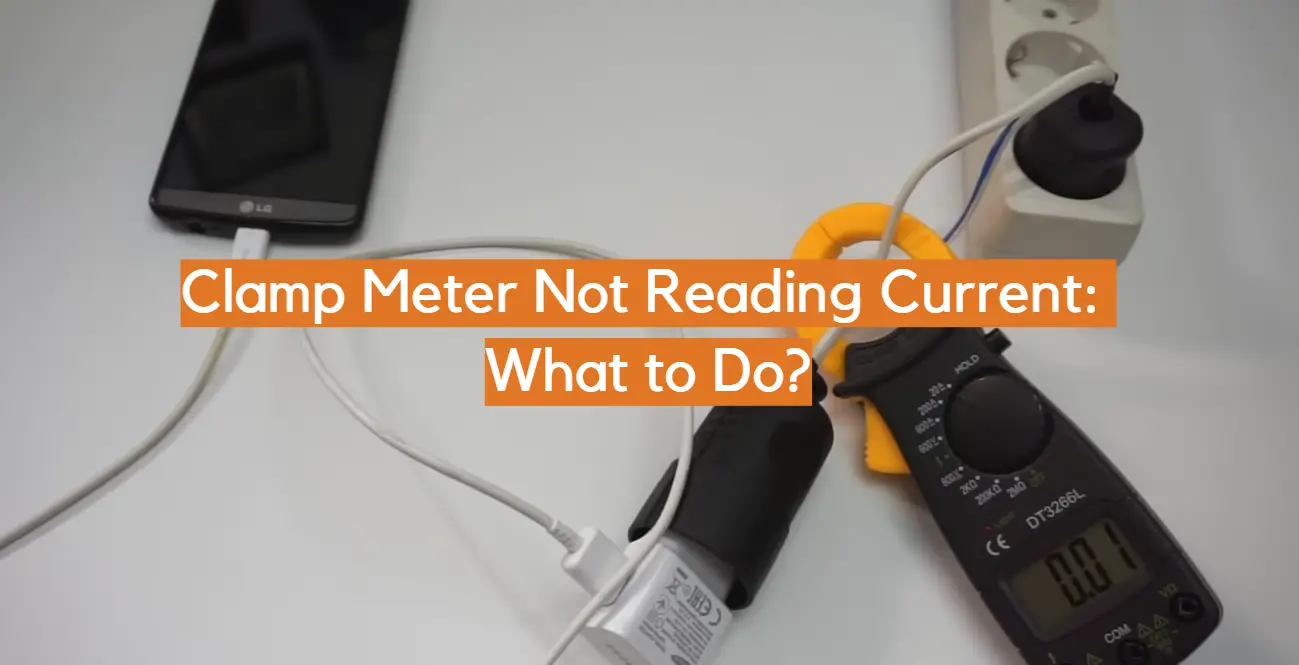






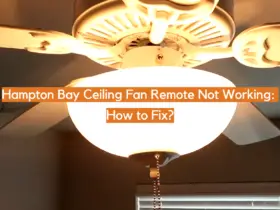
Leave a Reply